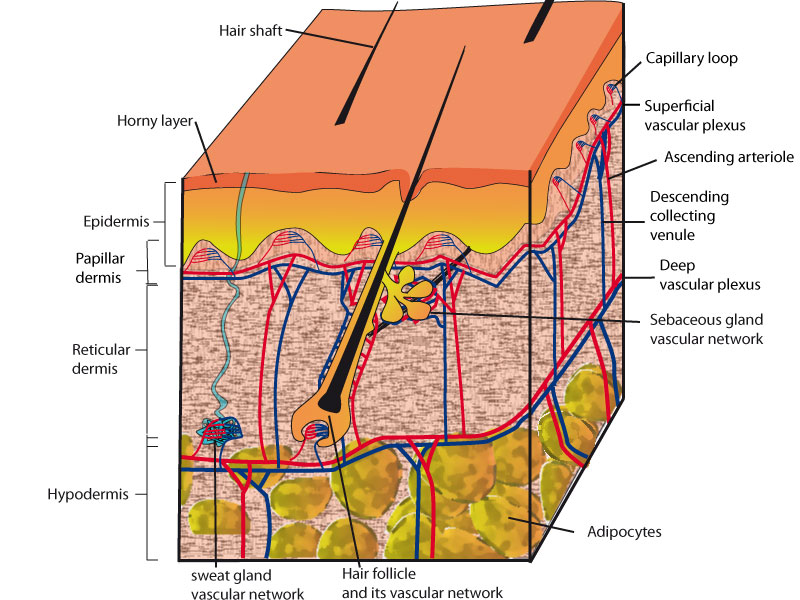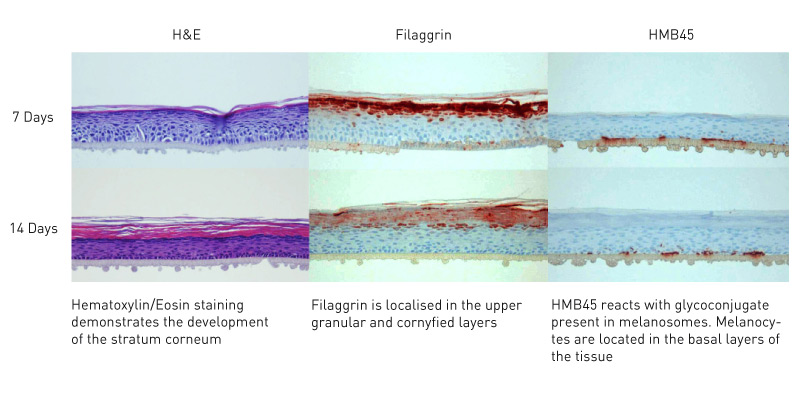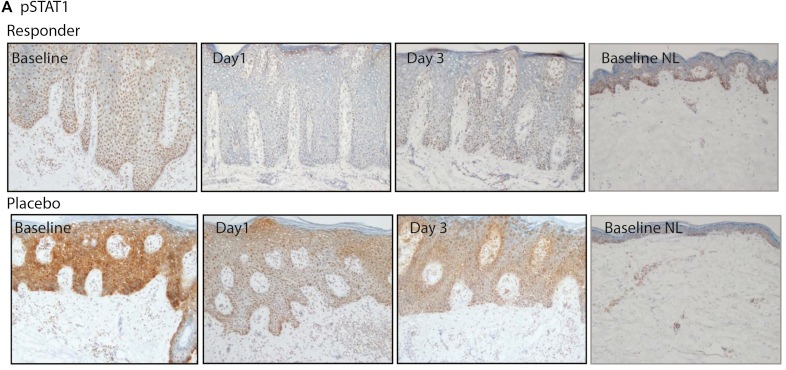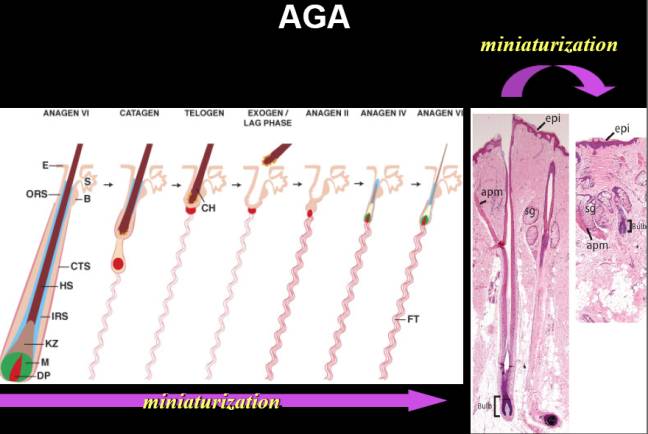JAK-STAT Signaling Jump Starts the Hair Cycle. Nov 2016 Volume 136
Someone posted the link to this on Hairlosscure2020.
http://www.jidonline.org/article/S0022-202X(16)32374-0/fulltext
I personally liked,
"To probe the function of STAT5 in an ex vivo context, the authors isolated skin-derived progenitors from these mice and ablated STAT5 in culture.
Loss of STAT5 led to downregulation of genes known to be involved in the induction of anagen such as Wnt6, FGF7, and FGF10 and upregulation of Wnt inhibitors such as Dkk3 and Dlk1. This suggests that
STAT5 activation is upstream of the production of these factors, providing a potential link between the JAK-STAT pathway and known modulators of hair follicle cycling. However, it appears that
STAT5 phosphorylation is not sufficient to drive production of these anagen-inducing factors in vivo,
because activated STAT5 is induced in late catagen, remaining phosphorylated throughout telogen, and Wnt6, FGF7, and FGF10 become upregulated weeks later, in early anagen. This suggests that there may be additional molecular events between STAT5 phosphorylation and the subsequent activation of these anagen-promoting factors. It appears that the interplay of signals within and between several pathways in HFSC compartments may determine whether hair follicles remain quiescent, or if stem cell activation is induced."
So maybe this is one step, or at the least for now will work synergistically with other treatments.
And also,
"Lastly, to perform pharmacologic inhibition of JAK-STAT signaling, Legrand et al. (2016) found that a
10-day administration of systemic ruxolitinib (a JAK1/2 inhibitor that leads to loss of STAT3 phosphorylation in the epidermis) had no effect on the hair cycle of 7-week-old C57BL/6 mice, and it
did not affect the phosphorylation state of STAT5 in the DP. In our recent study (Harel et al., 2015), we found that in wild-type mice,
topical application (rather than systemic treatment) with JAK inhibitors was required to trigger the telogen-to-anagen transition, possibly due to a requirement for highthreshold local concentrations of the drug in the hair follicle. Further, we found that the timing of topical treatment was crucial: treatment induced hair growth only if administered after 8.5 weeks, during late telogen. This is consistent with the concept of telogen as a progression from a refractory (before 8 weeks) to a competent state (after 8 weeks) for anagen initiation, as elegantly described by the Chuong lab (Geyfman et al., 2015).
In our mouse studies, we similarly did not observe an effect of topical JAK inhibitors on STAT5 phosphorylation in the DP. However, we have also shown phosphorylated STAT3 and STAT5 to be active in the HFSCs and outer root sheath during telogen, and phosphorylated STAT3 is also seen sparsely in the DP during early telogen (Harel et al., 2015), suggesting that topical JAK inhibition may be stimulating anagen via pathways that are distinct from those described in this study"
Soooo many pathways can be affected by these drugs and soooo many pathways that we have not discovered. It is
impossible to know 100% what will happen
before an experiment is performed. Again, we can predict (realistically just guessing, shot in the dark really) what the outcome of an experiment will be based on known data, but
NO ONE can predict with
100% certainty an outcome of an unperformed scientific experiment. Not saying I think this will work, but all we can really do is wait and see. I personally hope it will, at the least, have synergy with other treatments.

.






